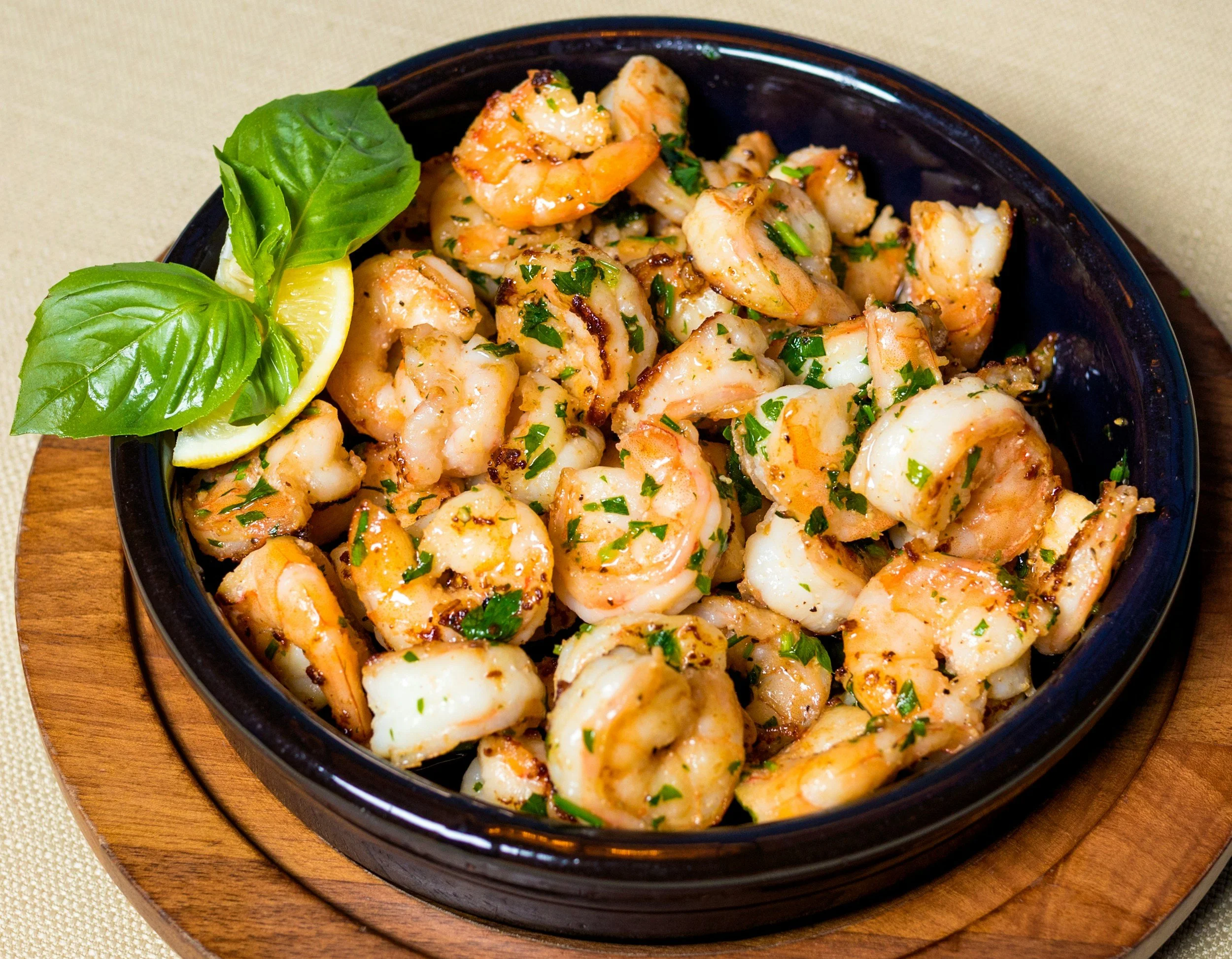Sopa de Mora (harvest recipe)
/(updated 1/29/2025)
In the summer of 2020 I hired my neighbor’s gardener to create a pea gravel walkway in my back yard. The morning of the job, he showed up with his wife Doris* and a friend and got to work. It was one of the few occasions when I was willing to sit back and let someone else handle all the labor for a change. While the guys were working, Doris took a break to show me a frog she found in the yard, and like two giddy schoolgirls, we fawned over the poor thing (who had almost ended up flattened under one of the guys’ boots) and shared our insights into the nature of these creatures in her broken English and my broken Spanish. As the men continued to work and I came out again to respond to their questions and look at the progress of the walkway, Doris pointed out a weed that was growing in my yard and told me it was mora. She said that you could eat it and that in her country (El Salvador), they cooked it in a soup. Intrigued, I resolved to find out more.
What is hierba mora?
Mora, or hierba mora (Solanum ptycanthum), is a leafy green plant in the solanaceous family that grows wild in Mexico, Central America, and even as far north as Massachusetts in North America. Left untended, it can become invasive. As one of the Solanum genus of plants, it’s related to tomatoes, potatoes and eggplants, and grows as an annual in a variety of condisiont. It’s also known as black nightshade, which may have contributed to its (undeservedly) bad reputation. Although it’s in the same solanaceous family and also sports small black berries when mature, hierba mora is a different plant than deadly nightshade, or atropa belladonna, whose berries are highly piosonous and can kill a person if ingested. The berries of hierba mora are considered poisonous by some, but this is not the whole story. While the unripe green berries can cause abdominal pain, vomiting, and diarrhea if eaten in excess, the ripe black (or dark purple) berries are consumed around the world from South America to China.
Distinguishing mora from deadly nightshade
One way to tell the difference between the two is that deadly nightshade has purple flowers that hand down and hierba mora has small flowers with white or greenish petals and bright yellow anthers. Another distinguishing feature of hierba mora is that its berries grow in bunches, whereas deadly nightshade berries grow individually. Hierba mora is also an annual, whereas deadly nightshade is perennial, flowering between June and September. Although deadly nightshade deserves its reputation as a toxin, it also has medicinal value: medicines made from this plant are reputed to ease abdominal ailments and motion sickness.
Medicinal and culinary uses of hierba mora
Like its deadly cousin, hierba mora has been used in traditional medicinal remedies for a number of ailments including edema (swelling caused by excess fluid in the body’s tissues), digestive disorders, liver problems, and gallbladder stones. It is also used in traditional medicine to relieve pain, muscle spasms, and insomnia. A decoction of leaves can be applied to relieve ulcers, arthritis, and skin problems like psoriasis and eczema. Recently, cancer researchers in India have presented evidence from clinical studies showing that black nightshade can work to suppress the growth and metastasis of certain forms of cancer (including some kinds of breast, ovarian and colorectal cancers) as well as the human papilloma virus, or HPV.
Later that week, I grabbed a few handfuls of mora from my yard and planted it in a container, where it grew rapidly like the weed it was! I had enough of it growing in my backyard to make a soup, and after doing some research to compare how Doris told me she cooked mora to how others made it, I tried my hand at mora soup a few times, tweaking and modifying it until I came up with the recipe below. I found, after eating sopa de mora for the first time, that my digestion was much more efficient and the bloating I had been experiencing went away. I don’t know for sure if it had to do with the soup, but it certainly made a good impression on me either way!
Tools needed: large pot (a stock pot or Dutch oven works well for this recipe)
Prep and cook time: about 45 minutes
Ingredients
1-2 handfuls of mora leaves, stems and berries removed and leaves chopped into strips
2 quarts broth (vegetable or chicken)
½ tbsp olive oil (+1 tbsp olive oil if adding chicken)
2 medium potatos, cubed
1 chayote OR 1 zucchini squash, cubed
3 eggs, beaten
1 medium yellow or red onion, chopped
1 medium tomato, diced
1 tsp dried oregano (or 2 sprigs of fresh oregano)
2-3 cloves of garlic, minced
Salt and pepper to taste
½ small green chili pepper (serrano or jalapeño)
(optional): 3 chicken thighs, cut into small cubes OR ½ lb raw shrimp
Procedure:
If you are using chicken in your soup, briefly sauté the chicken pieces in 1 tbsp olive oil in your pot. Add salt, pepper, and one clove of minced garlic.
Remove chicken once browned, and set aside on a plate or in a bowl.
Add ½ tbsp olive oil to pot and sauté onions, remaining garlic, oregano and chili for 1 minute.
Add potatos and chayote or zucchini to pot, stir to coat with oil mixture, then add broth.
Cover the pot, raise the heat, and let the mixture come to a boil.
Remove cover, reduce heat to simmer and cook 12 minutes.
Add mora leaves, tomato and chicken pieces and cook 5 minutes more OR if using shrimp, add raw shrimp and cook 5 minutes
Add the beaten egg, pouring slowly and letting it ribbon out in the pot.
Add salt and pepper to taste if needed, remove from heat, and eat immediately!
Makes 5-6 servings
*a pseudonym









































After a long day, cooking dinner can feel like a chore. Many people rely on takeout or frozen meals simply because they think cooking takes too much time. But home-cooked meals don’t have to be complicated or time-consuming.
With the right recipes, you can make delicious meals in under 30 minutes.